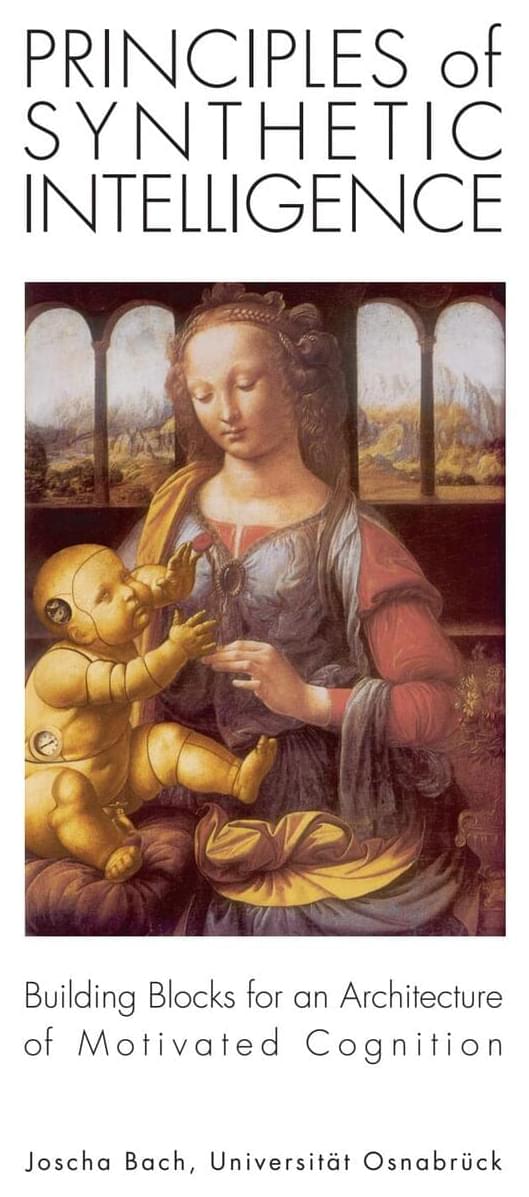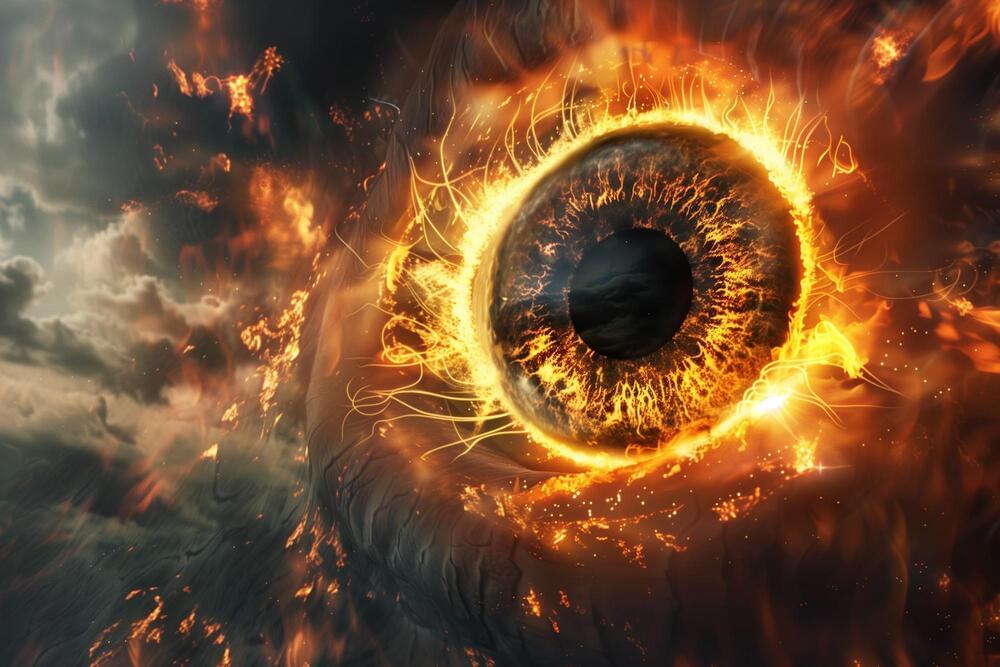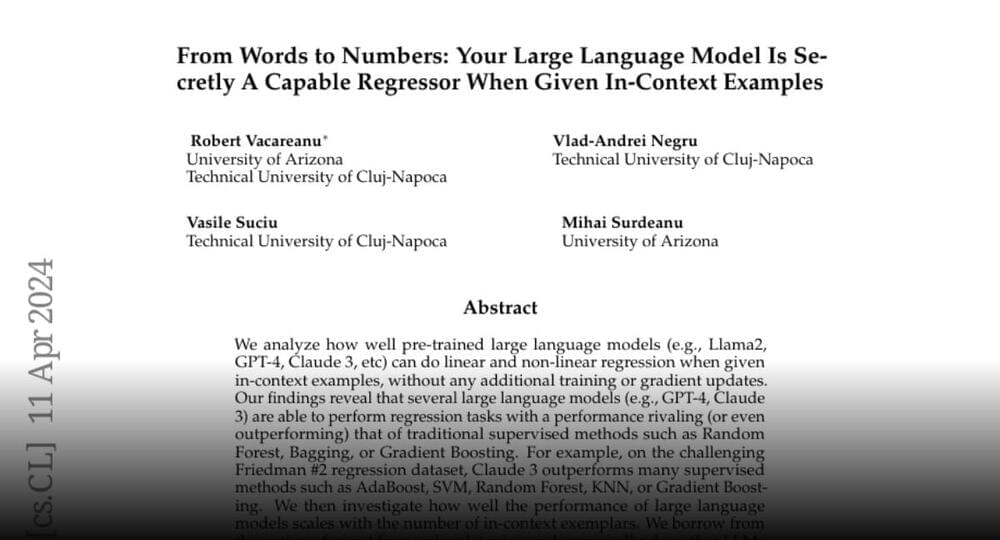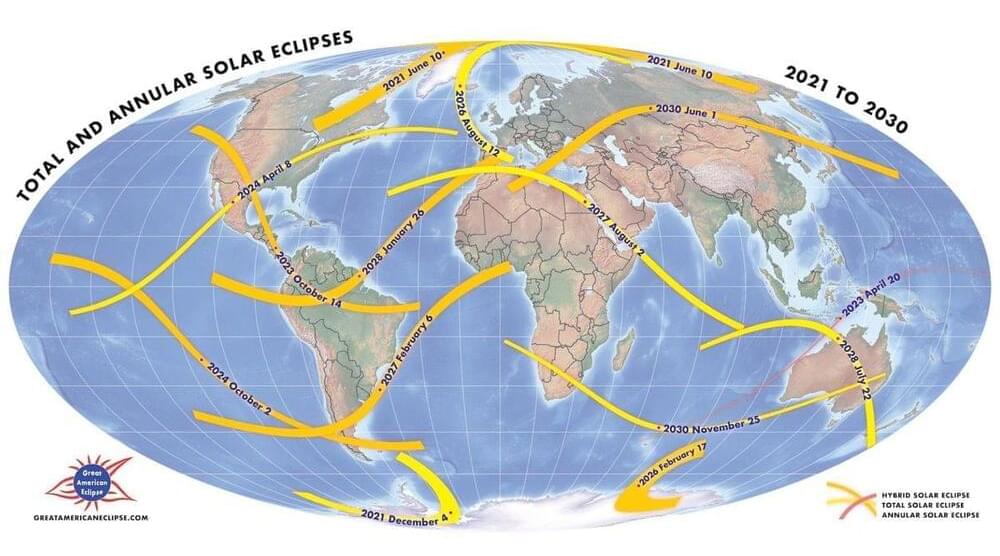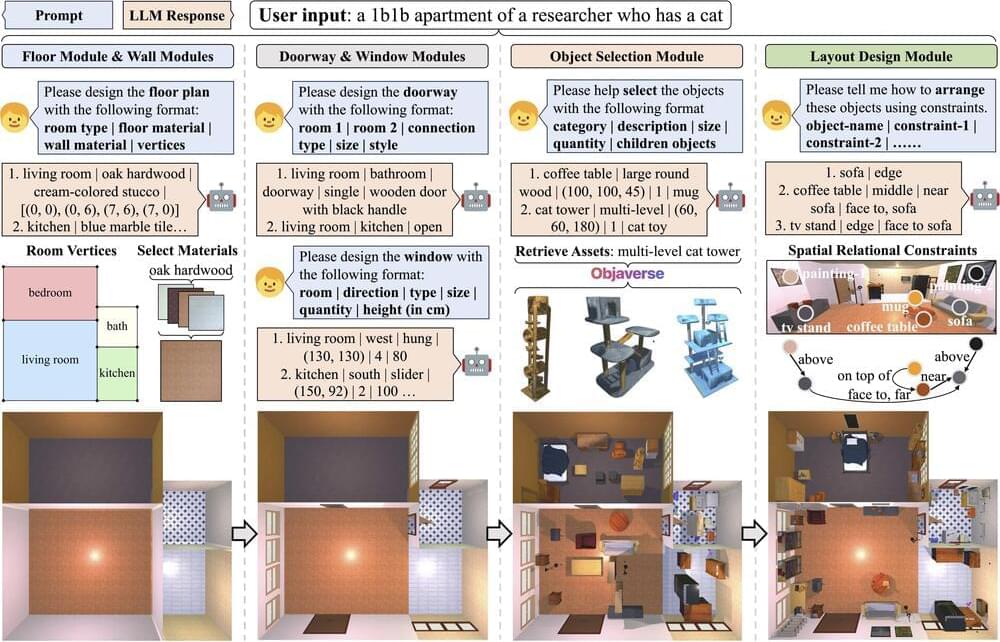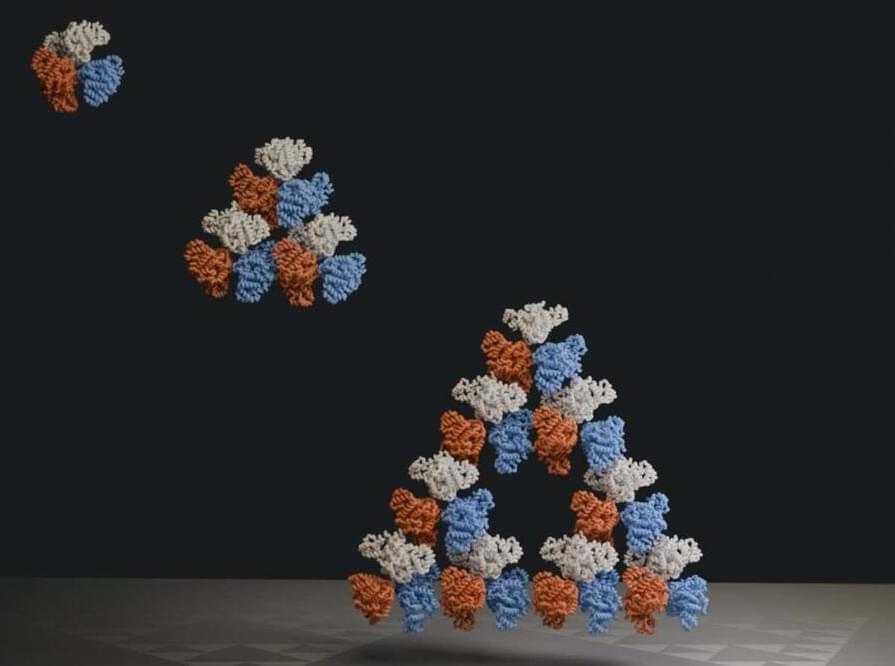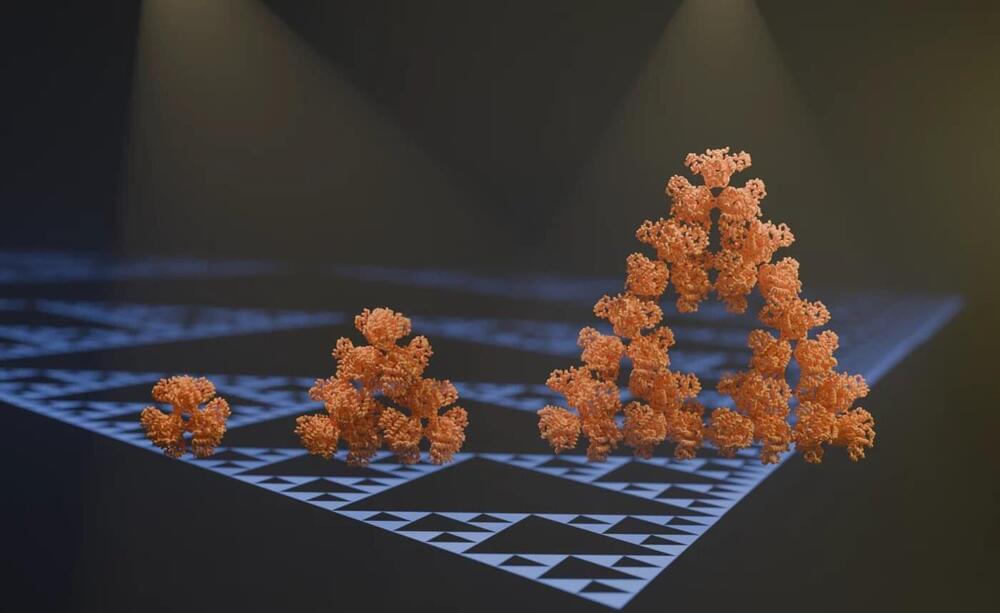Archive for the ‘futurism’ category: Page 130
Apr 12, 2024
A Real Life Eye of Sauron? New Technology To Detect Airborne Threats Instantly
Posted by Saúl Morales Rodriguéz in category: futurism
Picture this disaster scenario in the making: At an industrial plant, a pipe cracks, spraying a cloud of tiny droplets into the air. Workers, however, are in luck. Within minutes, a laser-based device the size of a small suitcase spots the cloud and tells safety crews what’s in it so they know how to respond.
That’s the vision behind a new project from a team of engineers and chemists at the University of Colorado Boulder, California Institute of Technology, University of California Santa Barbara, and three companies. It’s funded by a new contract from the Intelligence Advanced Research Projects Activity (IARPA), part of the federal Office of the Director of National Intelligence.
The effort borrows its name, the Standoff Aerosol measUrement Remote Optical Network (SAURON), from the villain in “The Lord of the Rings” book series—a presence who often takes the form of a flaming eye and whose “gaze pierces cloud, shadow, earth.”
Apr 12, 2024
First fractal molecule in nature recently discovered by accident
Posted by Shubham Ghosh Roy in category: futurism
An international team of researchers has stumbled upon a remarkable discovery — the first regular molecular fractal in nature.
This fascinating finding, led by groups from the Max Planck Institute and the Philipps University in Marburg, Germany, has unveiled a microbial enzyme that spontaneously assembles into a pattern known as the Sierpinski triangle.
The enzyme, identified as citrate synthase from a cyanobacterium, was discovered by chance. “We stumbled on this structure completely by accident and almost couldn’t believe what we saw when we first took images of it using an electron microscope,” says Franziska Sendker, the study’s first author.
Apr 12, 2024
Paper page — From Words to Numbers: Your Large Language Model Is Secretly A Capable Regressor When Given In-Context Examples
Posted by Cecile G. Tamura in category: futurism
From Words to Numbers.
Your large language model is secretly a capable regressor when given in-context examples.
We analyze how well pre-trained large language models (e.g., Llama2, GPT-4, Claude 3, etc) can do linear and non-linear #regression when given…
Apr 12, 2024
Rho-1: Not All Tokens Are What You Need
Posted by Cecile G. Tamura in category: futurism
Microsoft presents Rho-1
Not All Tokens Are What You Need https://huggingface.co/papers/2404.
Previous language model pre-training methods have uniformly applied a next-token #prediction #LOSS to all training #tokens.
Continue reading “Rho-1: Not All Tokens Are What You Need” »
Apr 11, 2024
Top total solar eclipses to look out for over the next decade
Posted by Genevieve Klien in category: futurism
Want to experience totality again? Here are the next seven total solar eclipses across the world, from Alaska to Australia.
Apr 11, 2024
Engineers recreate Star Trek’s Holodeck using ChatGPT and video game assets
Posted by Cecile G. Tamura in category: futurism
In “Star Trek: The Next Generation,” Captain Picard and the crew of the U.S.S. Enterprise leverage the Holodeck, an empty room capable of generating 3D environments, of preparing for missions and entertaining them, simulating everything from lush jungles to the London of Sherlock Holmes.
Apr 11, 2024
Fractal pattern identified at molecular scale in nature for first time
Posted by Dan Breeden in category: futurism
An enzyme in a cyanobacterium can take the unusual form a triangle containing ever-smaller triangular gaps, making a fractal pattern.
By Alex Wilkins
Apr 11, 2024
Discovery of the first fractal molecule in nature
Posted by Shubham Ghosh Roy in category: futurism
An international team of researchers led by groups from the Max Planck Institute in Marburg and Phillips University in Marburg has now discovered the first regular molecular fractal in nature. They discovered a microbial enzyme—citrate synthase from a cyanobacterium—that spontaneously assembles into a regular fractal pattern known as the Sierpiński triangle. This is an infinitely repeating series of triangles made up of smaller triangles.
“We stumbled on this structure completely by accident and almost couldn’t believe what we saw when we first took images of it using an electron microscope,” says first author Franziska Sendker.
“The protein makes these beautiful triangles and as the fractal grows, we see these larger and larger triangular voids in the middle of them, which is totally unlike any protein assembly we’ve ever seen before,” she continues.
